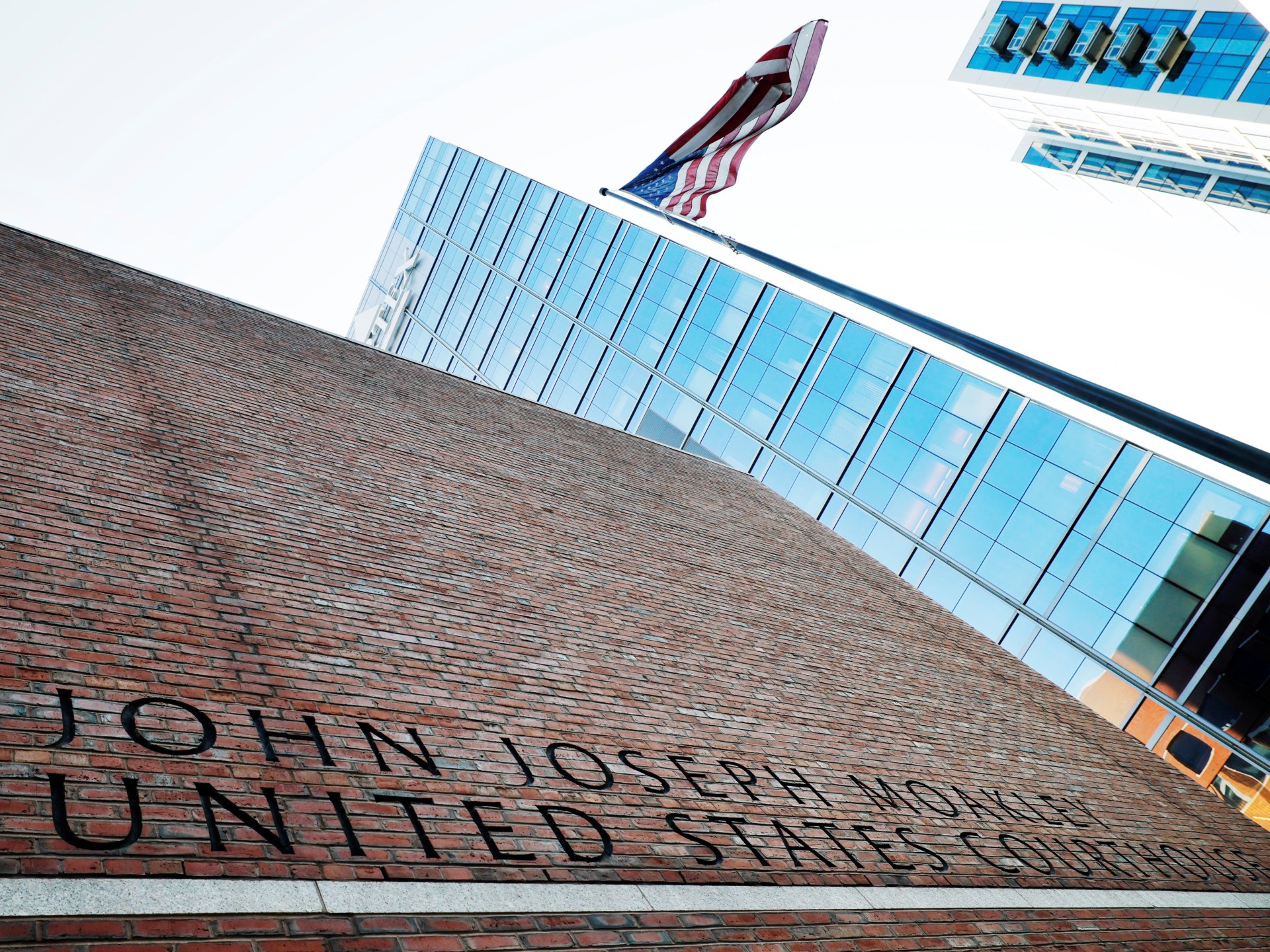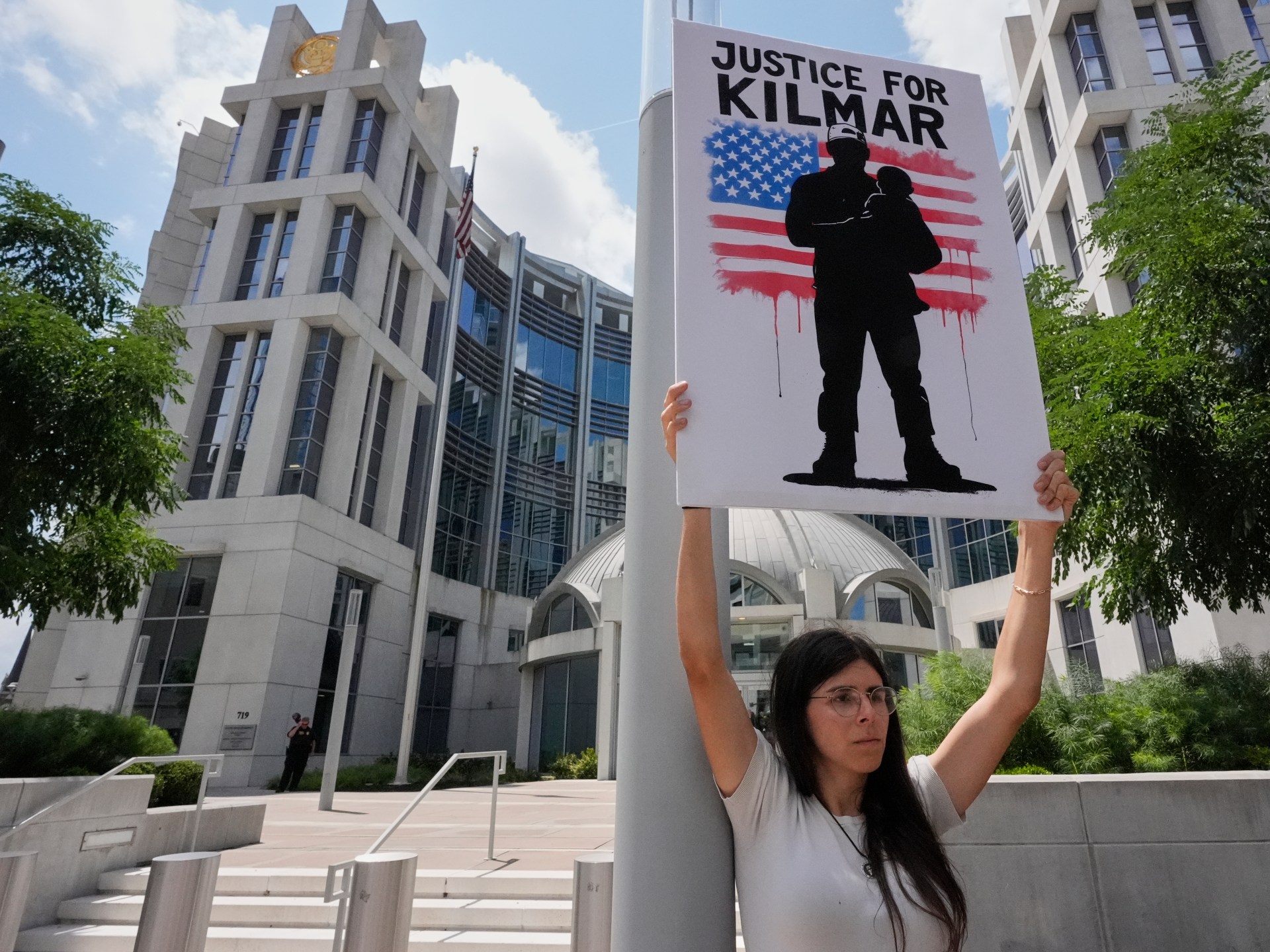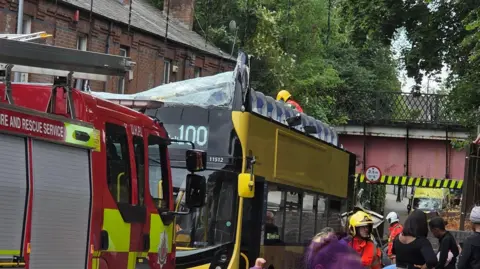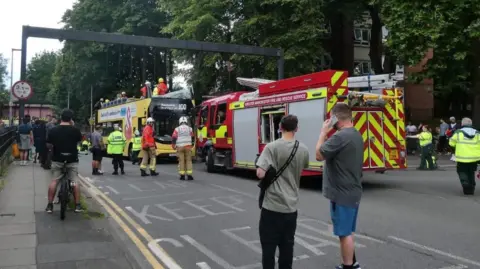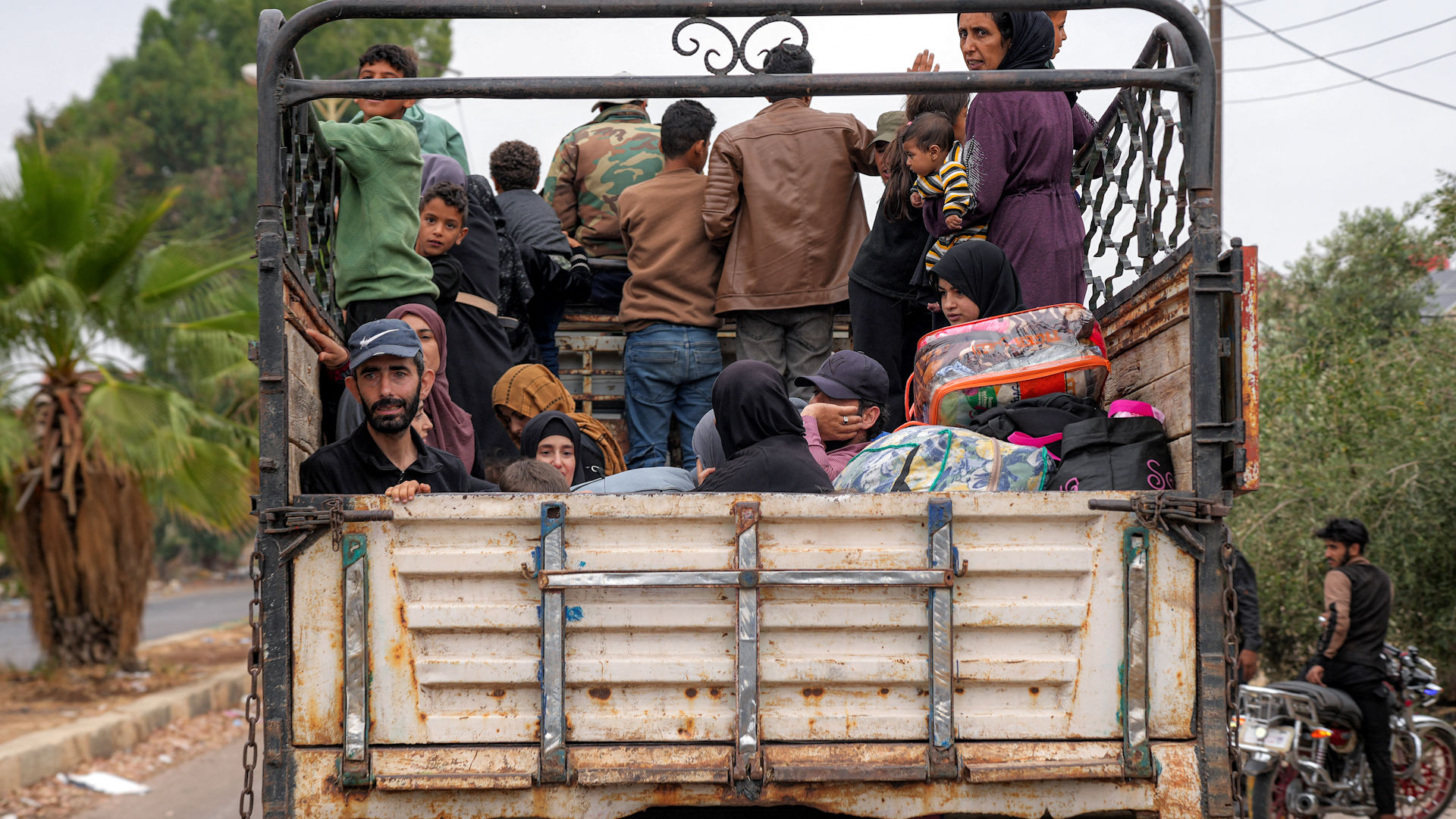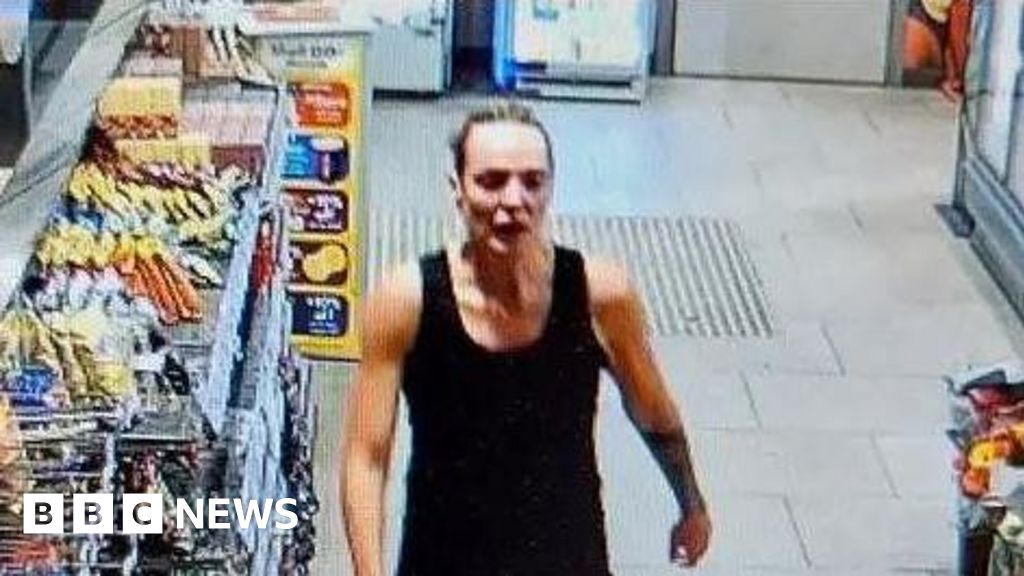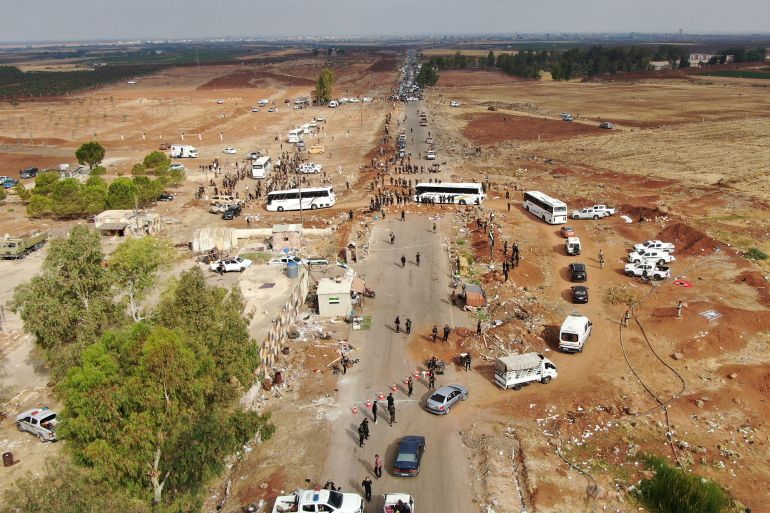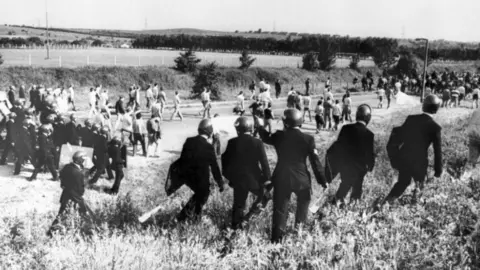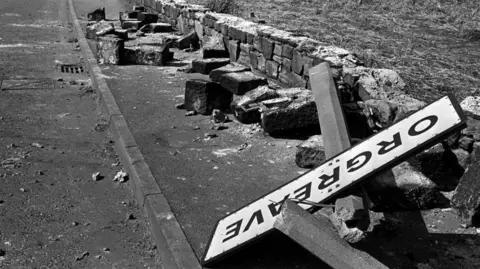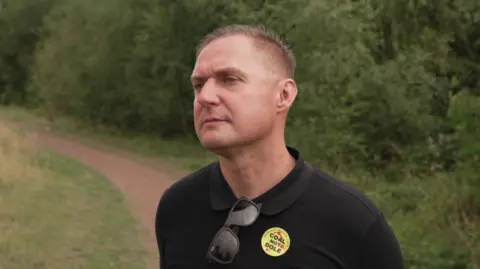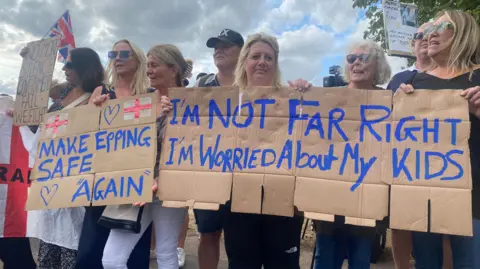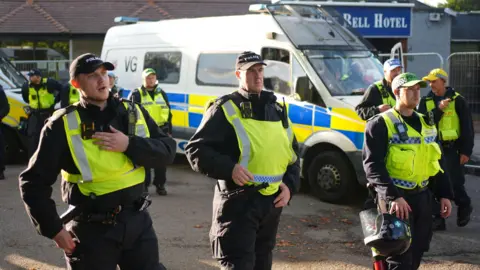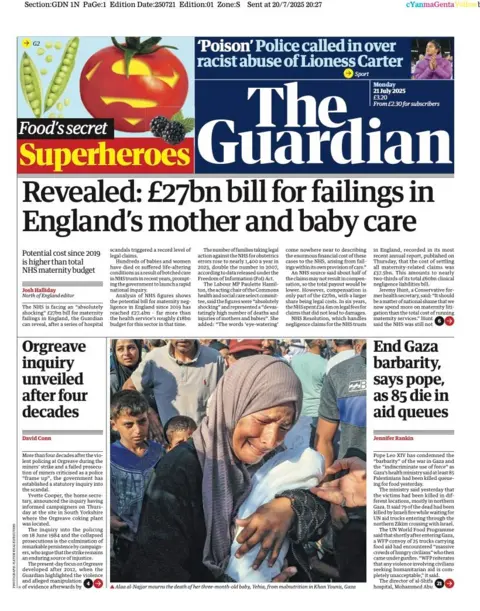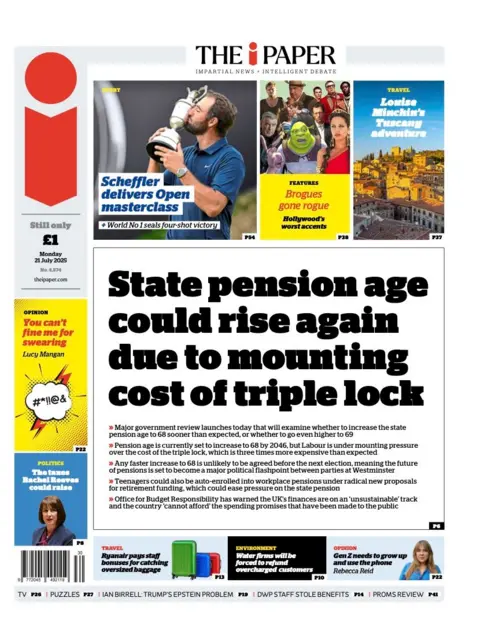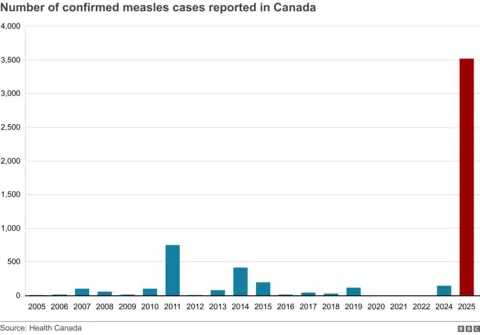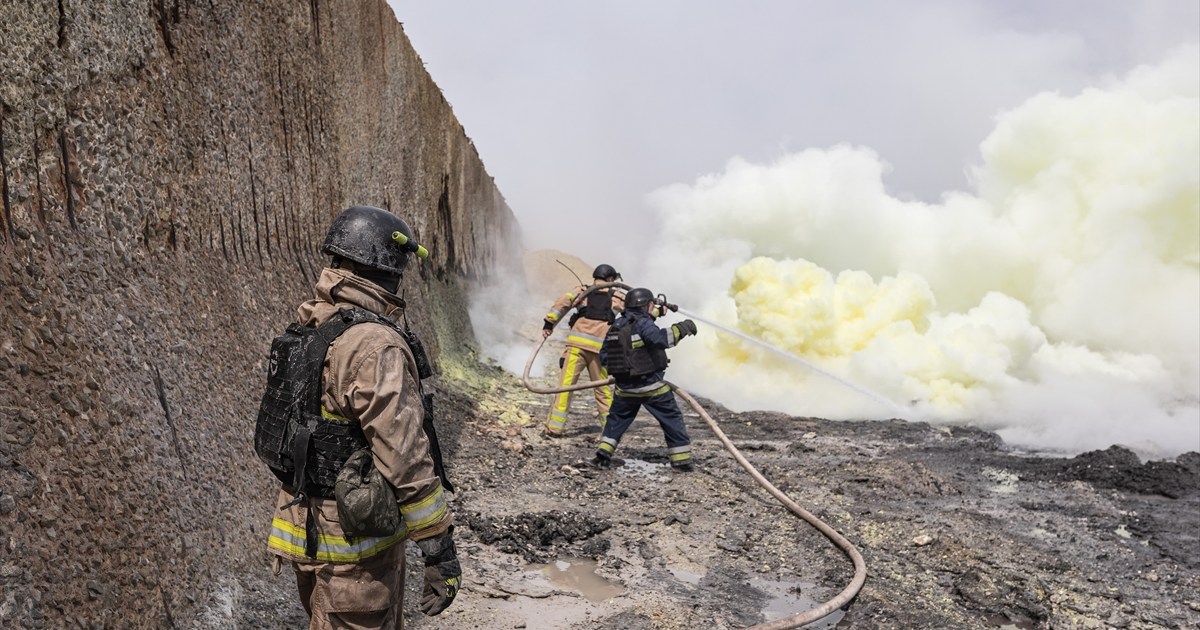Microsoft cyberattack hits 100 organisations, security firms say | Business and Economy News
The Shadowserver Foundation and Eye Security would not disclose which firms were affected.
A sweeping cyber espionage operation targeting Microsoft server software has compromised about 100 different organisations over the weekend.
Two of the organisations that helped uncover the attack announced their findings on Monday.
On Saturday, Microsoft issued an alert about “active attacks” on self-hosted SharePoint servers, which are widely used by organisations to share documents and collaborate within others. SharePoint instances run off of Microsoft servers were unaffected.
Dubbed a “zero-day” because it leverages a previously undisclosed digital weakness, the hacks allow spies to penetrate vulnerable servers and potentially drop a backdoor to secure continuous access to victim organisations.
Vaisha Bernard, the chief hacker at Eye Security, a Netherlands-based cybersecurity firm which discovered the hacking campaign targeting one of its clients on Friday, said that an internet scan carried out with the Shadowserver Foundation had uncovered nearly 100 victims altogether – and that was before the technique behind the hack was widely known.
“It’s unambiguous,” Bernard said. “Who knows what other adversaries have done since to place other backdoors.”
He declined to identify the affected organisations, saying that the relevant national authorities had been notified.
The Shadowserver Foundation confirmed the 100 figure and said that most of those affected were in the United States and Germany and that the victims included government organisations.
Another researcher said that, so far, the spying appeared to be the work of a single hacker or set of hackers.
“It’s possible that this will quickly change,” said Rafe Pilling, director of threat intelligence at Sophos, a British cybersecurity firm.
A Microsoft spokesperson said in an emailed statement that it had “provided security updates and encourages customers to install them”.
It was not clear who was behind the ongoing hack. The FBI said on Sunday it was aware of the attacks and was working closely with its federal and private-sector partners, but offered no other details. Britain’s National Cyber Security Centre said in a statement that it was aware of “a limited number” of targets in the United Kingdom. A researcher tracking the hacks said that the campaign appeared initially aimed at a narrow set of government-related organisations.
Potential targets
The pool of potential targets remains vast. According to data from Shodan, a search engine that helps to identify internet-linked equipment, more than 8,000 servers online could theoretically have already been compromised by hackers.
Those servers include major industrial firms, banks, auditors, healthcare companies and several US state-level and international government entities.
“The SharePoint incident appears to have created a broad level of compromise across a range of servers globally,” said Daniel Card of British cybersecurity consultancy, PwnDefend.
“Taking an assumed breach approach is wise, and it’s also important to understand that just applying the patch isn’t all that is required here.”
On Wall Street, Microsoft’s stock is about even with the market open as of 3pm in New York (19:00 GMT), up by only 0.06 percent, and has gone up more than 1.5 percent over the last five days of trading.

